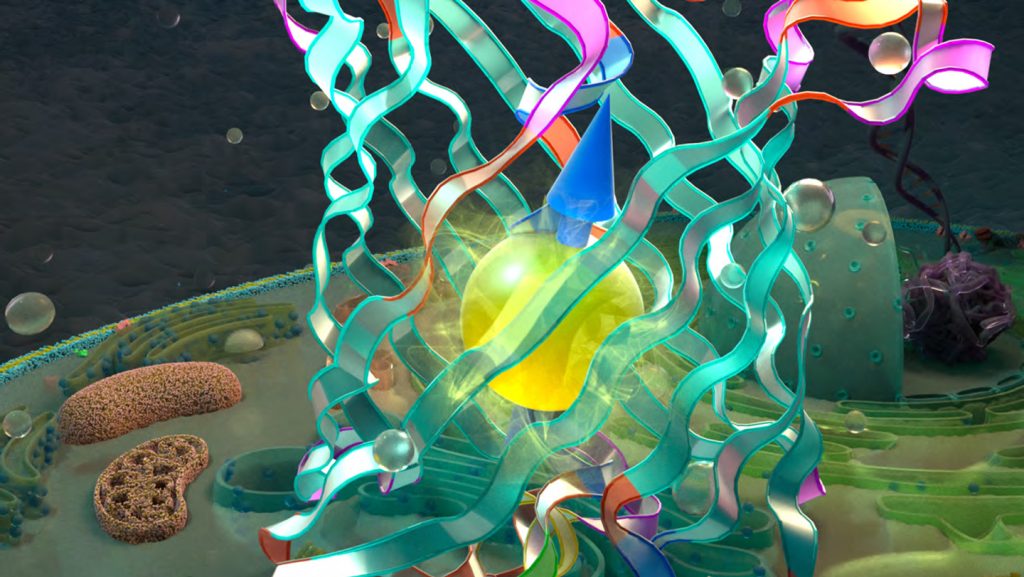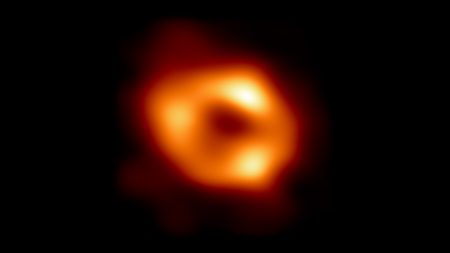The Quantum Revolution in Medical Imaging
Medical imaging stands at the threshold of a profound transformation, with quantum physics potentially offering unprecedented views inside living cells. While current imaging technologies like MRI and CT scans have revolutionized medicine, they still provide limited resolution at the cellular level. Researchers are now exploring how quantum mechanics—the physics governing subatomic particles—could enable entirely new forms of medical imaging that operate within cells themselves. This emerging field combines quantum sensing with biological applications, potentially allowing scientists and doctors to observe molecular processes in real-time with extraordinary precision and minimal disruption to living systems.
The promise of quantum-based cellular imaging stems from fundamental quantum properties like superposition and entanglement, which allow particles to exist in multiple states simultaneously and correlate with each other across distances. These counterintuitive phenomena could enable the development of quantum sensors small enough to function inside cells without disrupting their delicate internal environments. Scientists are particularly excited about nitrogen-vacancy (NV) centers in diamond nanoparticles, which act as incredibly sensitive quantum sensors that can detect minute magnetic fields produced by biological molecules. These diamond-based quantum sensors operate at room temperature and could potentially map the electrical activity of neurons or track individual protein interactions within living cells, offering a window into cellular processes that has previously been impossible to achieve.
The potential medical applications of intracellular quantum imaging are vast and transformative. By directly observing molecular interactions within living cells, researchers could gain unprecedented insight into disease mechanisms, drug responses, and cellular communication networks. This technology might enable doctors to detect disease biomarkers at their earliest stages, long before symptoms appear, fundamentally changing our approach to conditions like cancer, neurodegenerative diseases, and metabolic disorders. Quantum imaging could also revolutionize drug development by allowing scientists to watch in real-time how experimental compounds interact with their cellular targets, potentially accelerating the discovery of new treatments and reducing the need for animal testing.
Despite these promising possibilities, the field faces significant technical challenges that must be overcome before quantum cellular imaging becomes a clinical reality. Researchers must develop methods to introduce quantum sensors into cells without triggering immune responses or disrupting normal cellular functions. The quantum states used for imaging are extremely fragile and can be easily disrupted by interaction with their environment—a phenomenon known as decoherence—which is particularly challenging in the warm, complex environment of living cells. Scientists are working to design more robust quantum systems and develop sophisticated algorithms to extract meaningful signals from noisy biological environments. Additionally, interpreting the vast amounts of data that quantum sensors could potentially generate will require new computational approaches combining quantum information theory with advanced bioinformatics.
The pursuit of quantum-based cellular imaging exemplifies the increasingly interdisciplinary nature of modern scientific discovery. Physicists, biologists, chemists, engineers, and computer scientists are collaborating to bridge the gap between quantum theory and practical biological applications. Research institutions around the world are establishing quantum biology centers, bringing together experts from diverse fields to tackle these complex challenges. This collaborative approach reflects a growing recognition that the next major breakthroughs in medicine may emerge from the boundaries between traditionally separate disciplines. As quantum technologies continue to advance in other domains like computing and communications, the tools and techniques developed could accelerate progress in medical applications as well.
Looking ahead, quantum cellular imaging represents just one aspect of a broader quantum revolution in medicine that could fundamentally transform healthcare over the coming decades. While significant technical hurdles remain, the potential benefits justify continued investment in this promising research direction. If successful, these technologies could give us unprecedented visibility into the molecular machinery of life, enabling earlier disease detection, more effective treatments, and deeper understanding of fundamental biological processes. As with many scientific frontiers, the journey from laboratory demonstrations to clinical applications will require patience, persistence, and creative problem-solving. However, the convergence of quantum physics and biology opens a new chapter in medical imaging—one where the strange and counterintuitive rules of the quantum world might ultimately help us better understand and care for the extraordinary complexity of human life.















